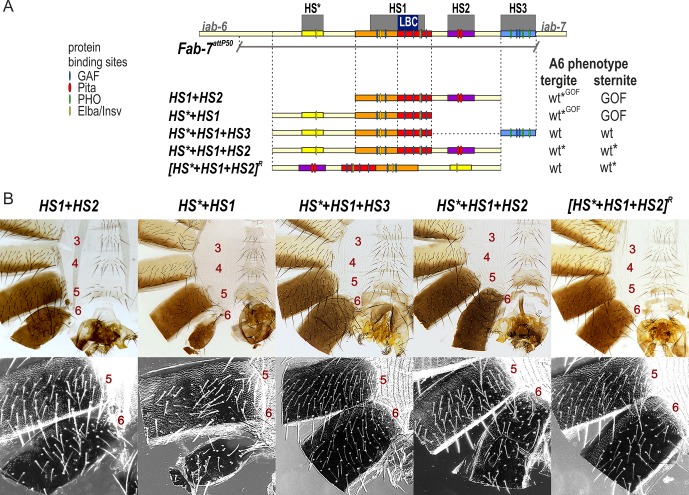Fig 2. HS1 combinations with either HS2 or HS* are not fully functional.
(A) Map of Fab-7 region showing the four hypersensitive sites, HS*, HS1, HS2, and HS3 and the locations of recognition motifs for proteins known to be associated with Fab-7. Replacement fragments are shown below the map with a summary of their cuticle (tergite and sternite) phenotypes. (B) Bright field (top) and dark field images (bottom) of cuticles prepared from HS1+HS2, HS*+HS1+HS3, HS*+HS1, HS*+HS1+HS2, and [HS*+HS1+HS2]R (reverse) male flies. As detailed in the text, the HS1+HS2 replacement lacks a sternite (GOF), but has a nearly normal tergite size with wild type morphology. The HS*+HS1+HS3 looks like wild type. The HS*+HS1 replacement lacks a sternite (GOF), while there is a variable reduction in the size of tergite. The morphology of the residual tergite suggests that it has the appropriate A6 (PS11) identity. HS*+HS1+HS2 males frequently show some A6 cuticle defects indicative of a weak A6(PS11)→A7(PS12) (also see S2 Fig). [HS*+HS1+HS2]R flies have a normal A6 tergite; however, the sternite shows evidence of a weak LOF transformation (bristles). wt*—minor deviations in phenotype. wt*GOF–variable phenotype between wt and GOF.

